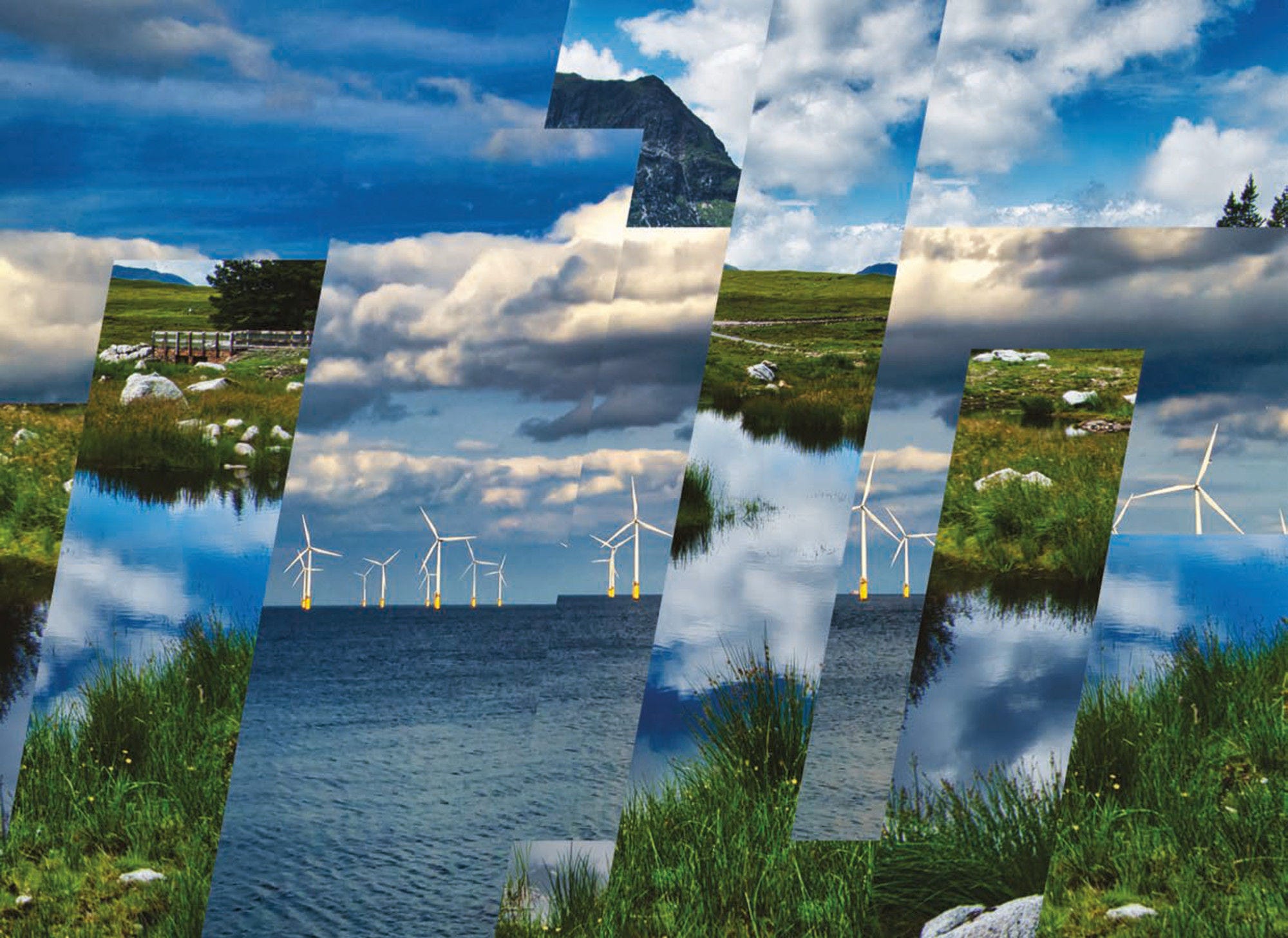Federal investments in research to address marine litter have been significant. The EPA Trash Free Waters Program has developed the Escaped Trash Assessment Protocol that considers site conditions, material types and item types. The National Oceanic and Atmospheric Administration’s Marine Debris Monitoring and Assessment Project surveys and records the amount and types of marine debris and litter on shorelines. Despite these advances, there is no comprehensive national monitoring system for plastic production and use, or plastic pollution, including waste production and leakage. Marine litter datasets are not well integrated and there is no way to track the effectiveness of policy responses.
The United States has made important advances to develop legislation to address marine litter, notably through the 2006 Marine Debris Act updated most recently as the Save Our Seas 2.0 Act. The Act provides the core of the government’s response to marine litter, which focuses on provision of financial assistance and information to subnational governments. There is, however, no use of economic instruments, such as landfill fees and taxes, pay-as-you-throw and extended producer responsibility measures at the federal level.
The US policy response to address marine plastic and litter has several gaps. Clear and ambitious targets on marine litter are lacking. In this respect, the United States lags behind other OECD countries. National targets to reduce single-use plastics and to use recycled content, among others, could help put the United States on an advantageous path to reduce the impacts of plastic pollution.
Almost all federal policy instruments are enabling instruments with lower levels of compulsion. Most of these are focused on macroplastic leakage from mismanaged waste or litter. While EJ and equity considerations are rising on the US policy agenda, they have not yet been systemically considered in the context of marine litter.
The US response could include stronger instruments to address marine litter across the plastics lifecycle, drawing inspiration from policies at subnational level and international experience. For example, it could apply a national ban on some of the most frequently littered items. Regulations and economic instruments could target the production, use and end-of-life stages of the macro- and microplastics lifecycle. These include extended producer responsibility, regulatory standards, tariffs or taxes, or labelling. Federally driven policy, co‑ordination and harmonisation could reduce risk of fragmentation of producer requirements stemming from the proliferation of initiatives at the subnational level.












